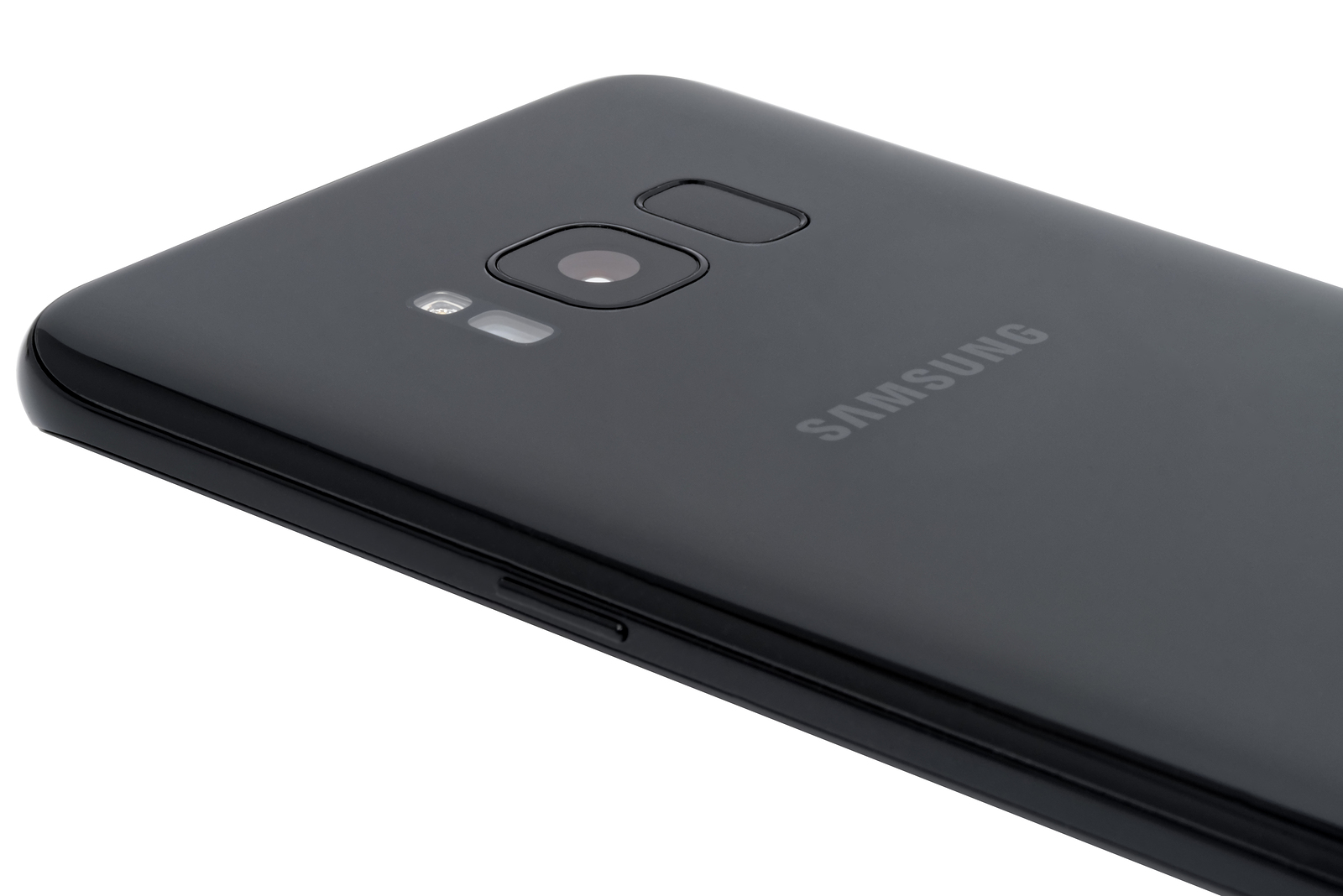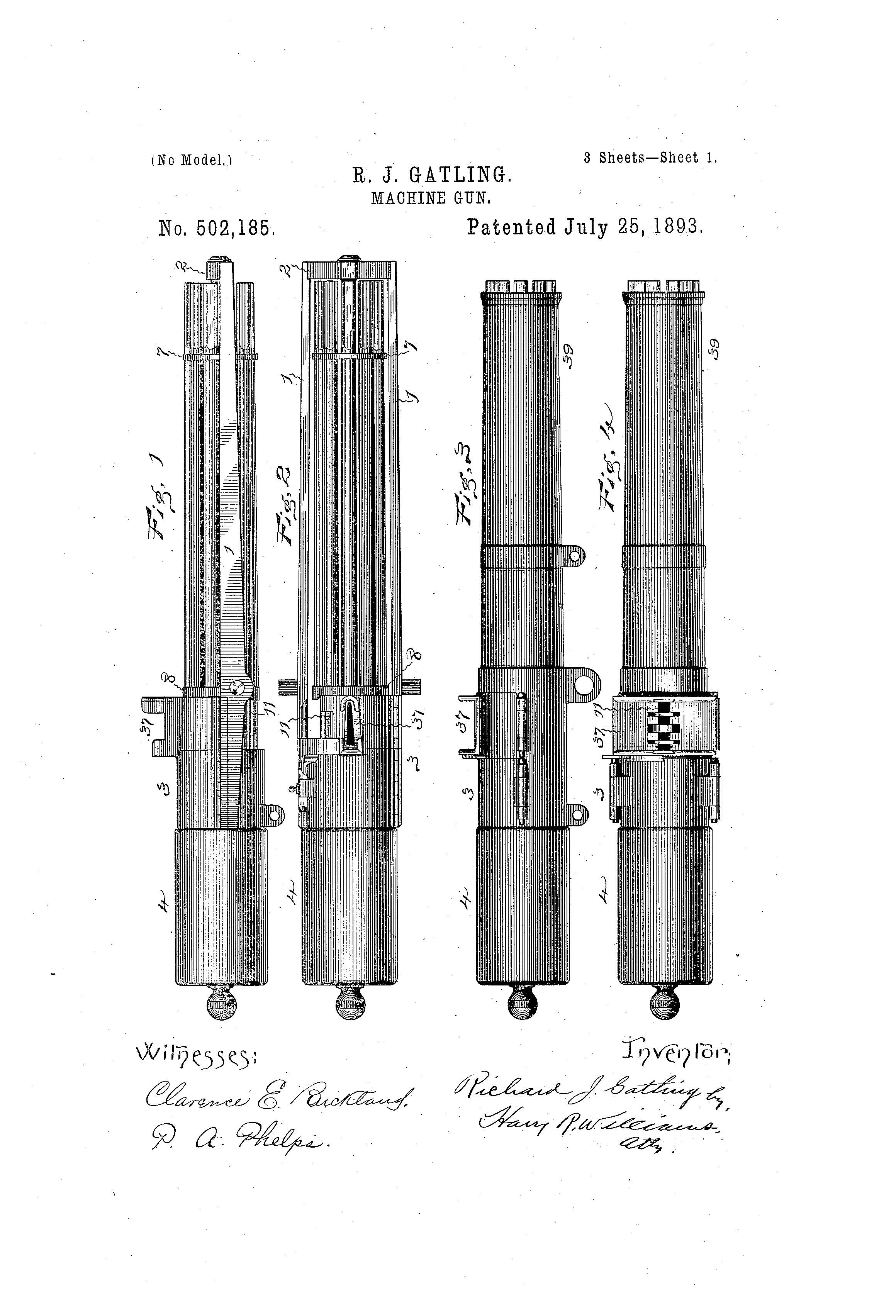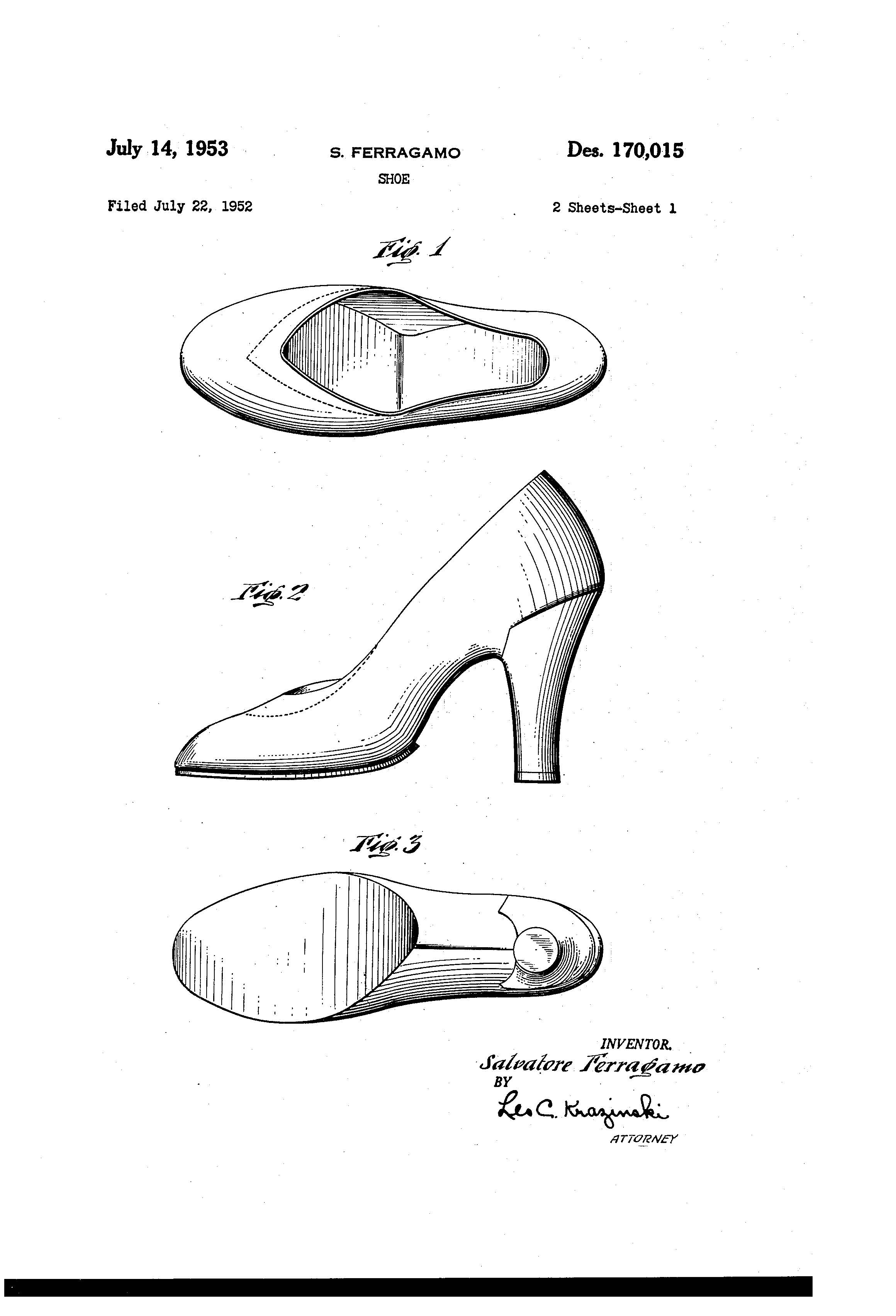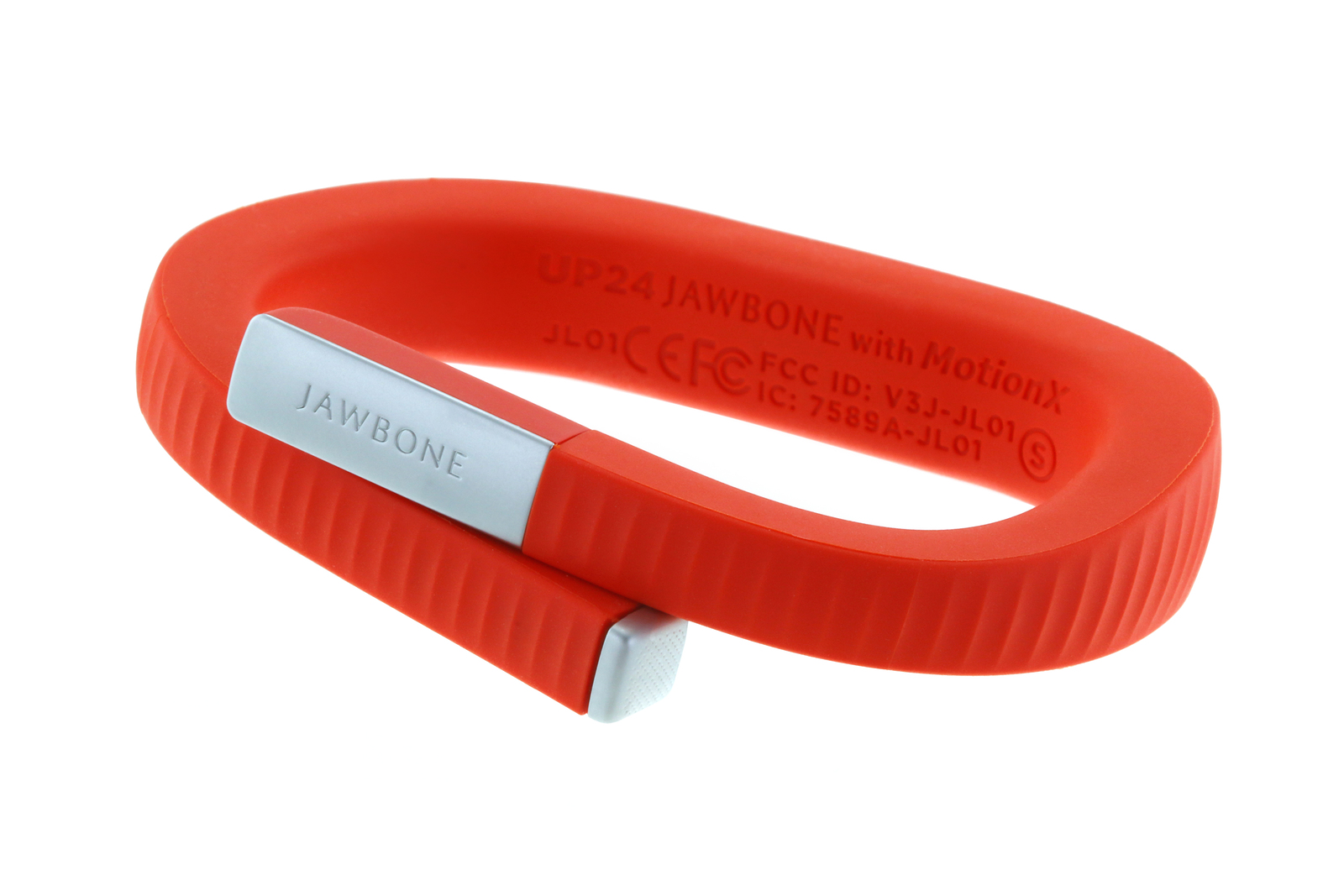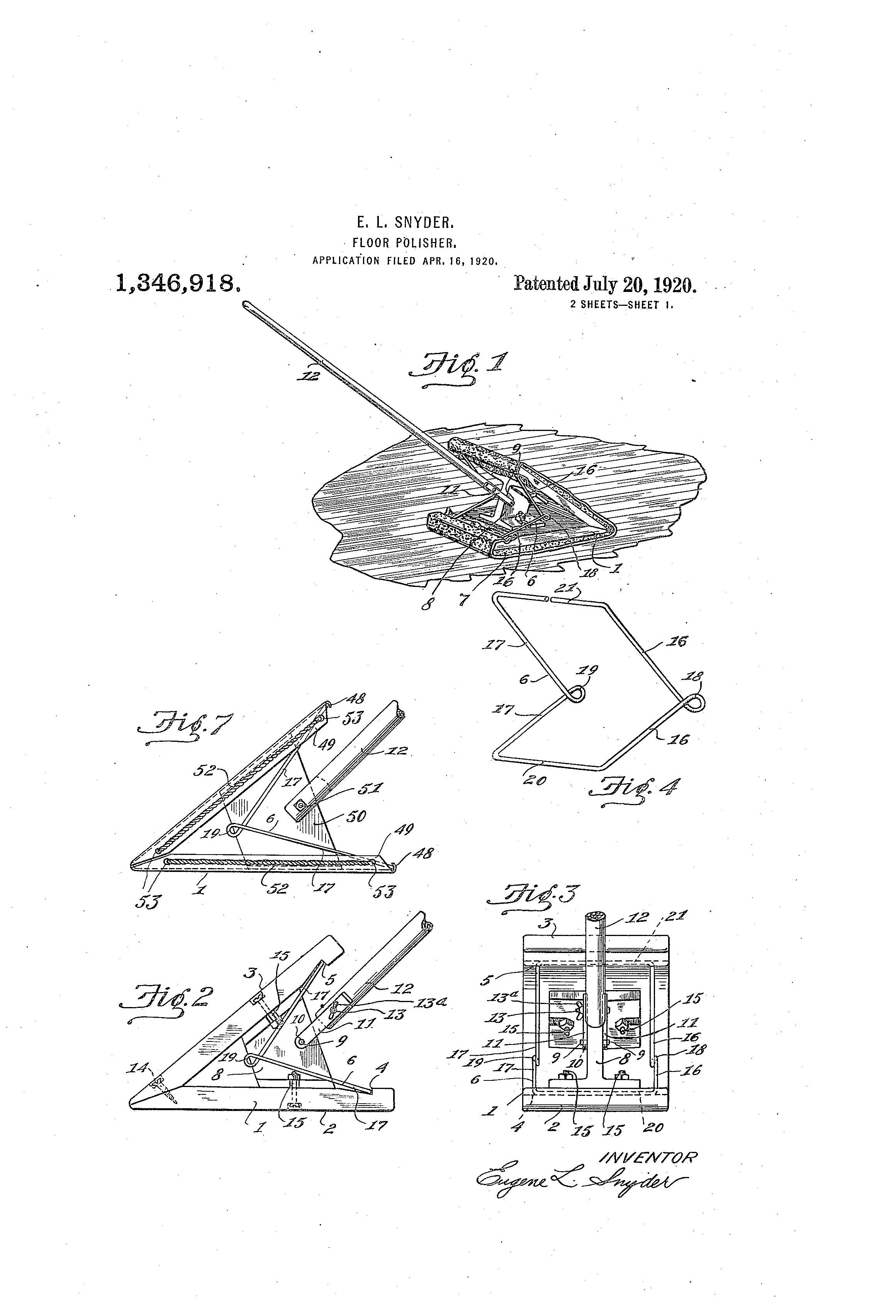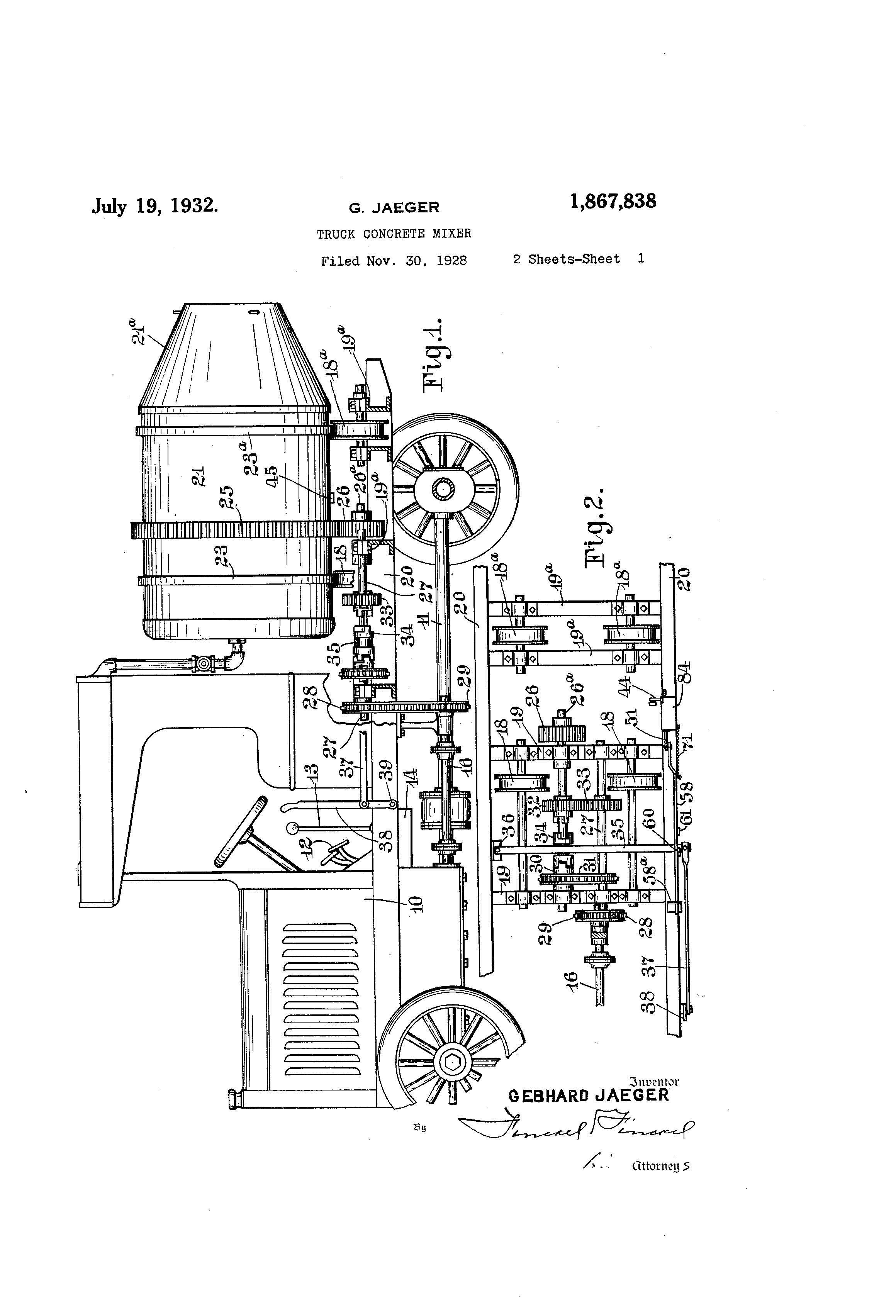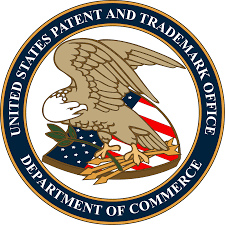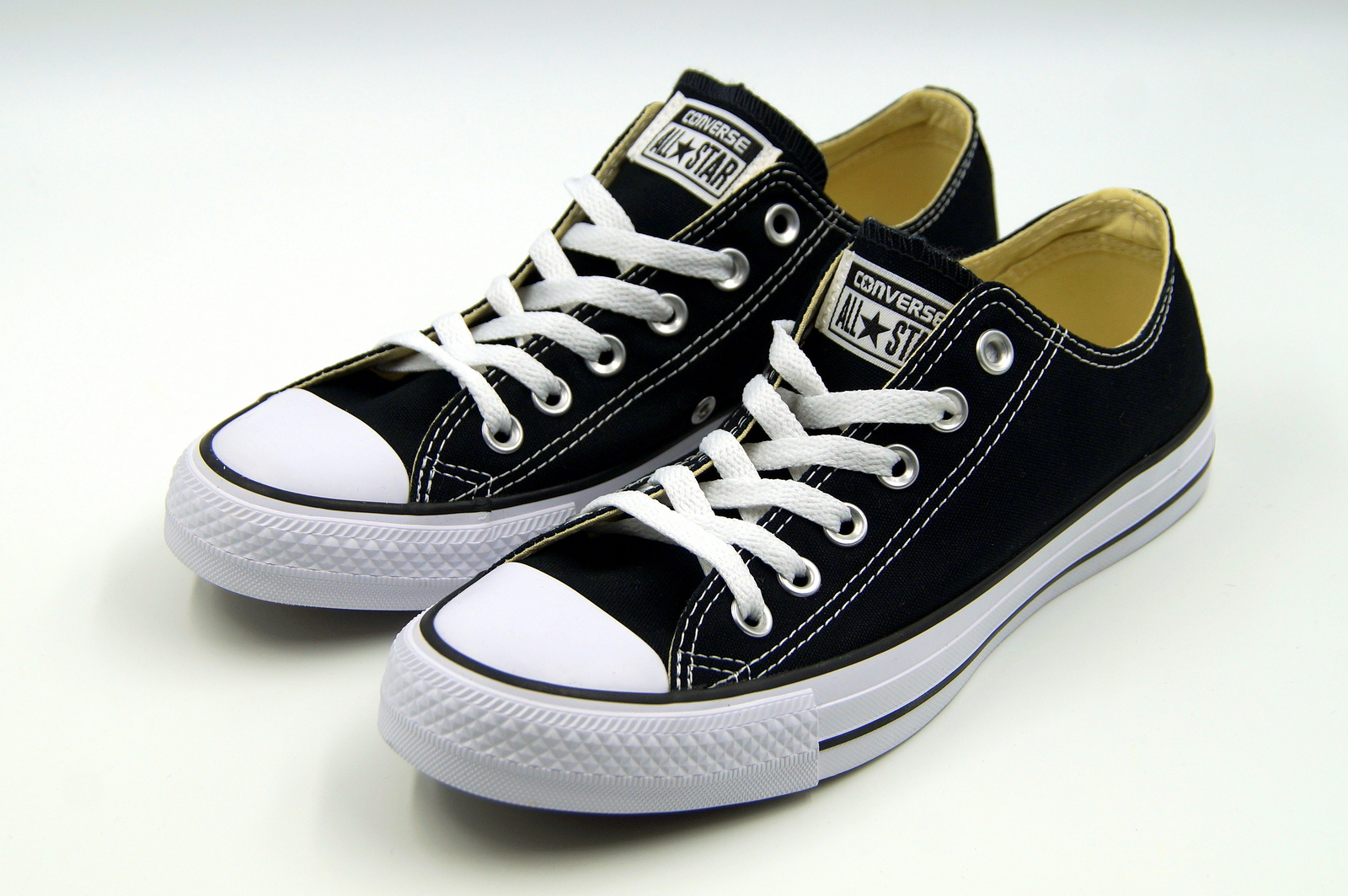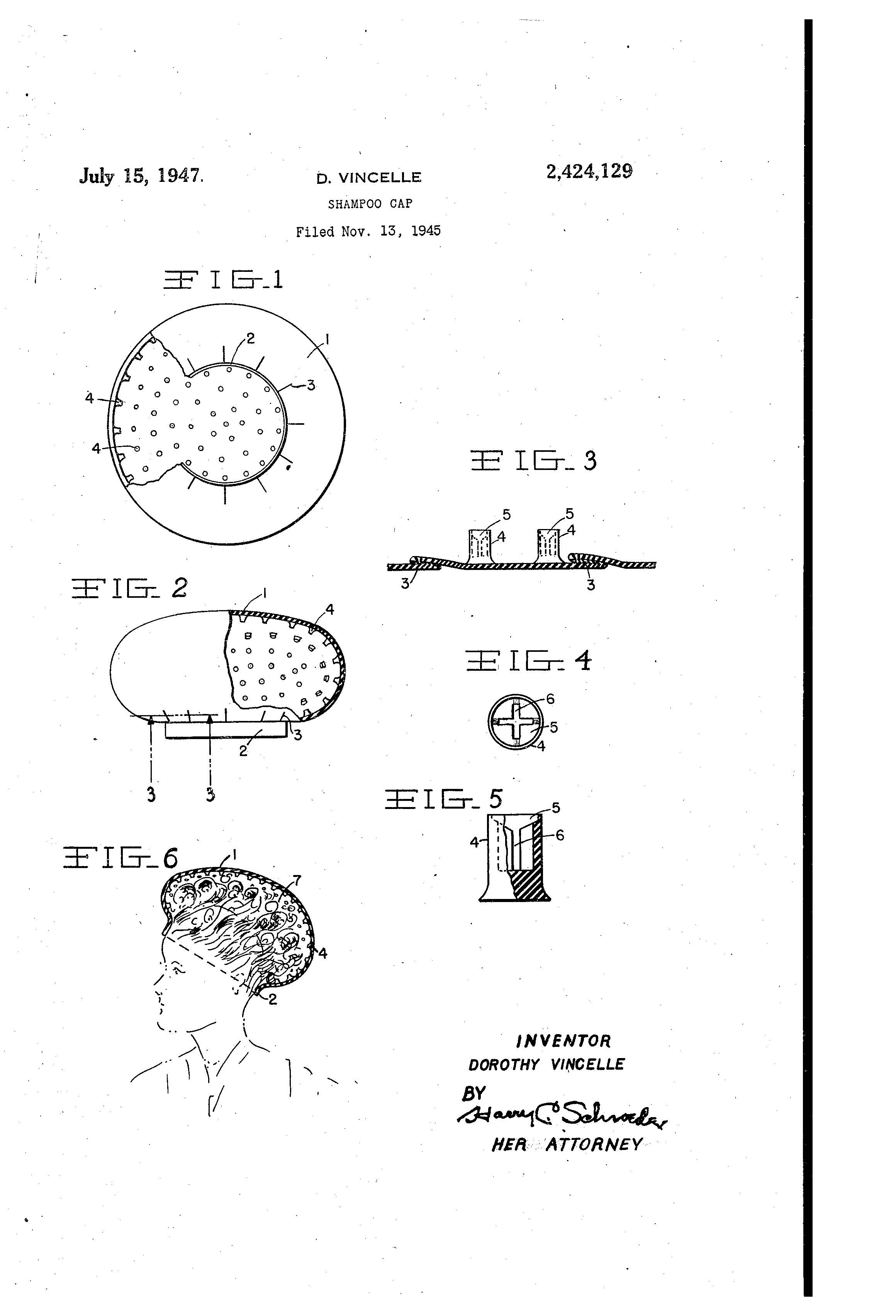Suiter Swantz IP to Partner with Omaha Startup Collaborative
Suiter Swantz IP is excited to announce our new partnership with the Omaha Startup Collaborative. The Omaha Startup Collaborative is located in the AIM Exchange Building in downtown Omaha and is home to over 50 startups. The Omaha Startup Collaborative works to connect entrepreneurs to peers, mentors and investors, while ensuring they have actionable content and a functional and affordable place to build their businesses. As part of this partnership, Suiter Swantz IP will have a satellite location at the Omaha Startup Collaborative and maintain office hours at this location on a periodic basis.
Patent of the Day: Pedometer
On this day in 1904 Wilson E. Porter was granted the patent for Pedometer. U.S. Patent No. 765,992.
This invention relates to pedometers or devices for registering the distance traveled by a pedestrian carrying the same and has for its object the production of a novel, simple, and efficient construction embodying the various improvements and combinations of parts set forth hereinafter.
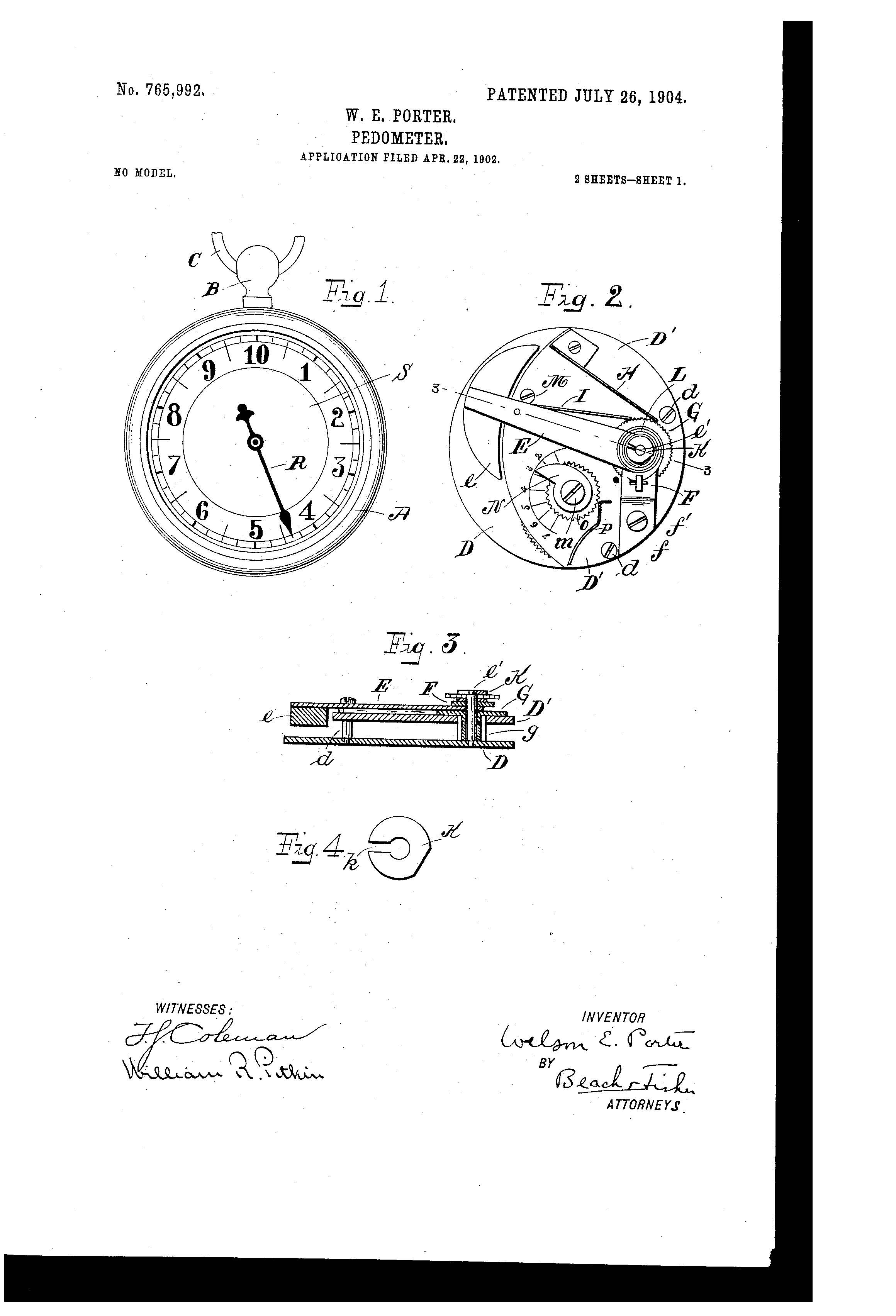
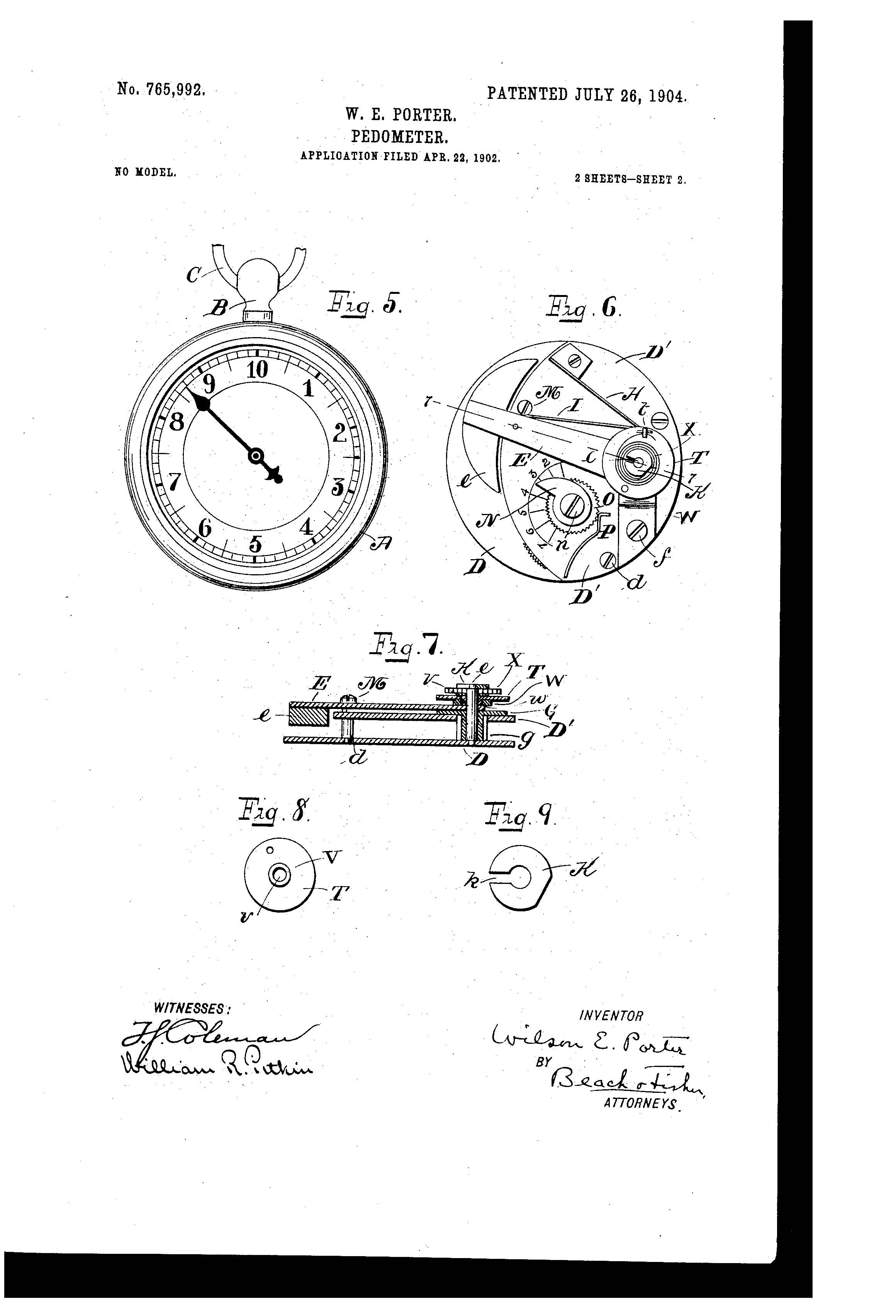
Samsung Sues Huawei in China Over Patent Violations
Samsung Electronics Co., Asia’s top smartphone manufacturer, has filed a lawsuit in China against Huawei Technologies Co. Samsung is accusing Huawei Technologies, the third largest Asian smartphone manufacturer, of infringing on six of Samsung’s mobile technology patents.
Samsung issued a statement stating, "At all times we have faithfully negotiated with other patent holders for the fair licensing of technology in order to ensure fair competition and continued growth in the industry. However, despite our best efforts to resolve this matter amicably, it has regrettably become necessary to take legal action in order to defend our intellectual property."
The lawsuit was filed in an intellectual property court in Bejing and is alleging$24 million in damages caused by Huawei’s unlicensed use of their technology.
A spokesperson for Huawei stated that the company has not received a formal complaint but would defend itself as necessary. The spokesperson when on to state “In the absence of a negotiated settlement, litigation is often an efficient way to resolve [such disputes].”
This lawsuit marks the latest in the ongoing legal battle between the two smartphone conglomerates. In May of 2016, Huawei filed lawsuits against Samsung in China and the United States. In those suits, Huawei alleged Samsung violated 12 of Huawei’s mobile device and network patents, specifically, fourth-generation (4G) cellular communications technology, operating systems, and user interface software.
CIMB analyst Lee Do-hoon said the companies are not likely to be motivated by monetary compensation in regard to this legal battle. For example, a company may utilize litigation to provide a marketing boost to their particular smartphone. “If you look at the patent battle with Apple and Samsung … it ultimately created a lot of benefits for Samsung in a kind of an advertisement,” he said. “Huawei might also be trying to create some noise marketing for itself,” Do-hoon stated, adding that he expected the two firms would eventually reach a deal such as a cross-licensing agreement. This theory should be taken with a grain of salt given the expense of patent lawsuits. One has to wonder whether litigating a patent suit is truly more economically efficient than just purchasing ad space.
Patent of the Day: Machine Gun
On this day in 1893 Richard Gatling was granted the patent for Machine Gun. U.S. Patent No. 502,185.
The invention relates to the class of machine guns commonly known as Gatling guns, the object being to provide a gun of this class which can be readily changed so as to be fired with great rapidity either by hand or by power, the power driving mechanism being so constructed that it may be quickly removed, or attached in such manner that it is out of sight and not a mark for hostile projectiles or in the way of the gunners; and further to so construct the mechanisms of the gun that the parts may be quickly removed and assembled, and enable cartridges of small caliber to be used and positively extracted after being fired.
To this end the invention resides in a gun having a frame or casing supporting a cylindrical cam and a central revolving shaft bearing coils of wire, a group of barrels and a cylinder with reciprocating locks, and in details of the construction of these parts.



Patent of the Day: Shoe (Salvatore Ferragamo)
On this day in 1952 Salvatore Ferragamo was grated the design patent application for Shoe. U.S. Patent No. Des. 170,015.


ITC Ruling a win for Jawbone
As an update to a previous article posted in May, Fitbit and Jawbone continue to wage their patent war in the court room. On July 20, 2016, almost three months after the U.S. International Trade Commission (ITC) ruled in favor of Fitbit by invalidating a number of Jawbone patents, Judge Thomas Pender of the ITC has now ruled that three Fitbit patents are invalid.
The three patents in question are related to portable tracking devices (8,868,377), heart rate monitoring systems (8,920,332), and motion detection technology (9,089,760). The ITC has determined the claims in the patents are directed to patent ineligible subject matter. Given that the documents are sealed, it is not entirely clear the grounds with which Judge Pender invalidated Fitbit’s patent claims. Previous cases, however, cited Alice v. CLS Bank. As such, it appears likely that Judge Pender found Fitbit’s claims ineligible because he considered them directed to an “abstract idea.”
When asked about the ruling, Jawbone commented that this case was "brought improperly by Fitbit in an attempt to burden Jawbone with having to defend invalid patents in multiple venues."
A spokesperson for Fitbit released the following emailed statement “Since its inception, Fitbit has more than 300 issued patents and patent applications in this area. While we are disappointed in the administrative law judge's decision, we believe we have a strong legal basis to ask the full Commission to reverse it. Fitbit will continue to assert its IP against Jawbone as appropriate to protect the innovations central to our product offerings”
Patent of the Day: Floor Polisher
On this day in 1920 Eugene Snyder was granted the patent application for Floor-Polisher. U.S. Patent No. 1,346,918.
This invention relates to floor polishers designed more especially for applying a suitable cleansing and polishing material in liquid or wax form to hard-wood floors, wood-work or linoleum.
Patent of the Day: Truck Concrete Mixer
On this day in 1932 Gebhard Jaeger was granted the patent for Truck Concrete Mixer. U.S. Patent No. 1,867,838.
One object of the invention is more especially to provide an improved and simplified mixing drum having a cylindrical portion for terminating in a tapered discharge for a motor driven truck and means for mounting and rotating the same on a fixed horizontal axis on such truck whereby the concrete materials can be effectively mixed when the drum is rotated in one direction and the discharge of the materials caused by rotation of the drum in the opposite direction.


USPTO launches "Patents 4 Patients" to help cure cancer
The United States Patent and Trademark Office (USPTO), along with Vice President Joe Biden, announced a new plan targeted at advancing President Obama’s call for a “Cancer Moonshot” to make “…America the country that cures cancer once and for all.” Cancer Moonshot is the White House’s national, $1 billion initiative to achieve ten years’ worth of cancer research in the next five years.
On June 29, 2016, in support of the Cancer Moonshot initiative, the USPTO and the Vice President launched the “Patents 4 Patients” program. Patents 4 Patients is a special pilot program for cancer immunotherapy patent applications. This program is open to any applicant or entity that may already have products in FDA approved clinical trials. Patents 4 Patients aims to cut cancer therapy patent application reviews in half, providing a response from the USPTO in 12 months or less. It will also move new, innovative treatments from conception through regulatory approval at a faster rate, thus allowing the medications to reach patients faster. In addition, there will be no additional cost to an applicant for taking advantage of this accelerated program.
Patents 4 Patients will run for 12 months from its effective date of June 29, 2016. The USPTO will then determine whether or not to extend or terminate the program based on the workload and resources needed to administer the program.
“As ailments of all types afflict our families, our neighbors, and our loved ones, piloting this initiative marks an important first step in testing and assessing how faster patent protection, in concert with swifter reviews from other regulatory bodies, can mark a collective approach that works to break down barriers to progress impeding cancer research,” said Michelle Lee, Director of the United States Patent and Trademark Office.
With the USPTO receiving over 900 cancer immunotherapy applications annually from around the world, this program will allow for an accelerated review of patent applications related to the treatment of cancer. This will hopefully allow lifesaving treatments to get into the hands of patients faster.
To view the USPTO notice: http://www.uspto.gov/about-us/national-cancer-moonshot
Patent of the Day: Drafting Table
On this day in 1905 George Ring was granted the patent for Drafting Table. U.S. Patent No. 795,065.
This invention provides a flat-topped table of any required size, and upon the table there is a mounted rectangular frame, the frame surrounding the table and carrying hinged sliding rules, one of which is adapted to be used in ruling vertical lines and the other in ruling horizontal lines, and at each end of the frame a bar is mounted which is arranged parallel to the end of the frame and which carries a laterally-extending sliding rod upon which is mounted an adjustable head, and upon the head at each end of the table a ruler or rod is pivotally mounted, these rulers or rods serving, respectively, to facilitate in the making of the two sets of lines converging to vanishing points which are necessary in making perspective views.
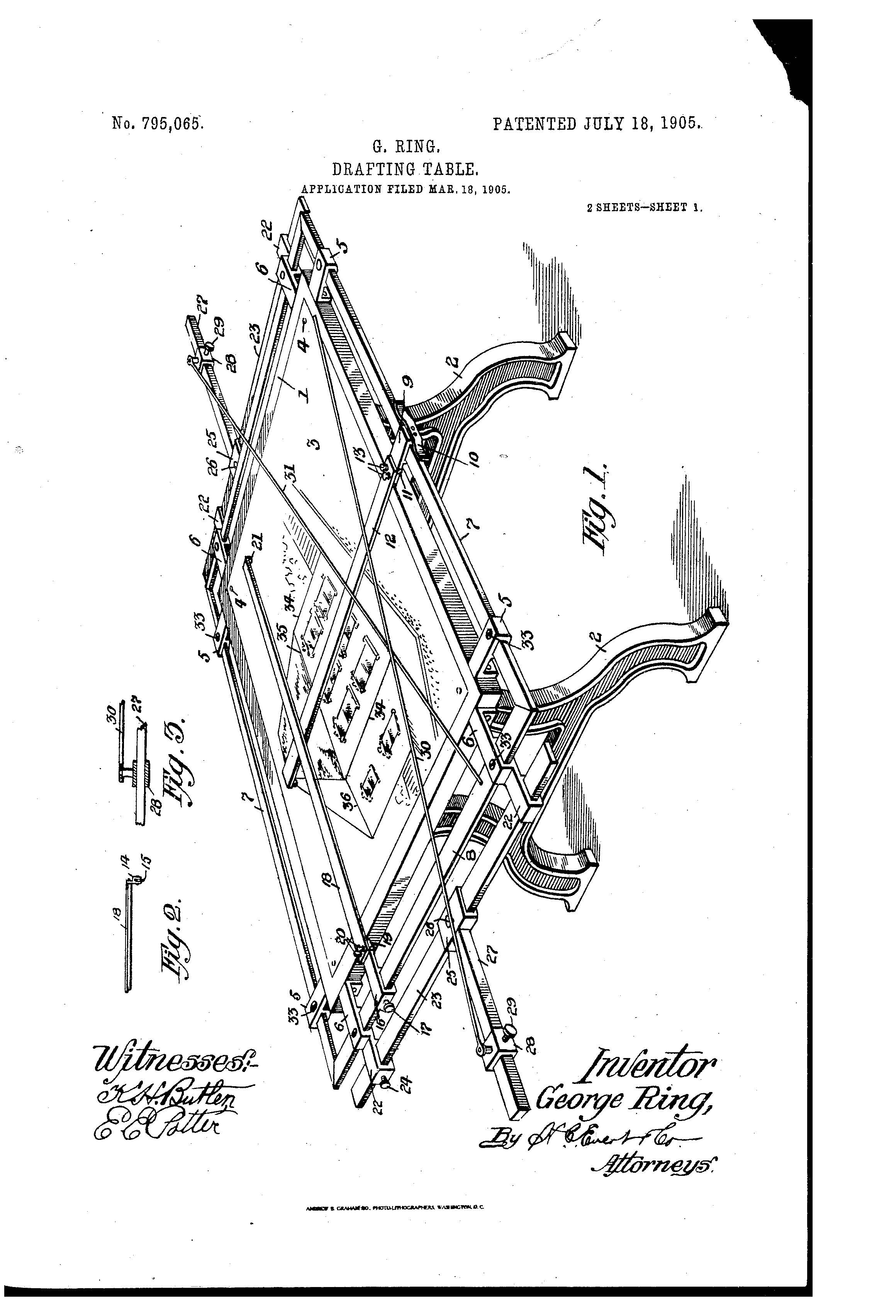
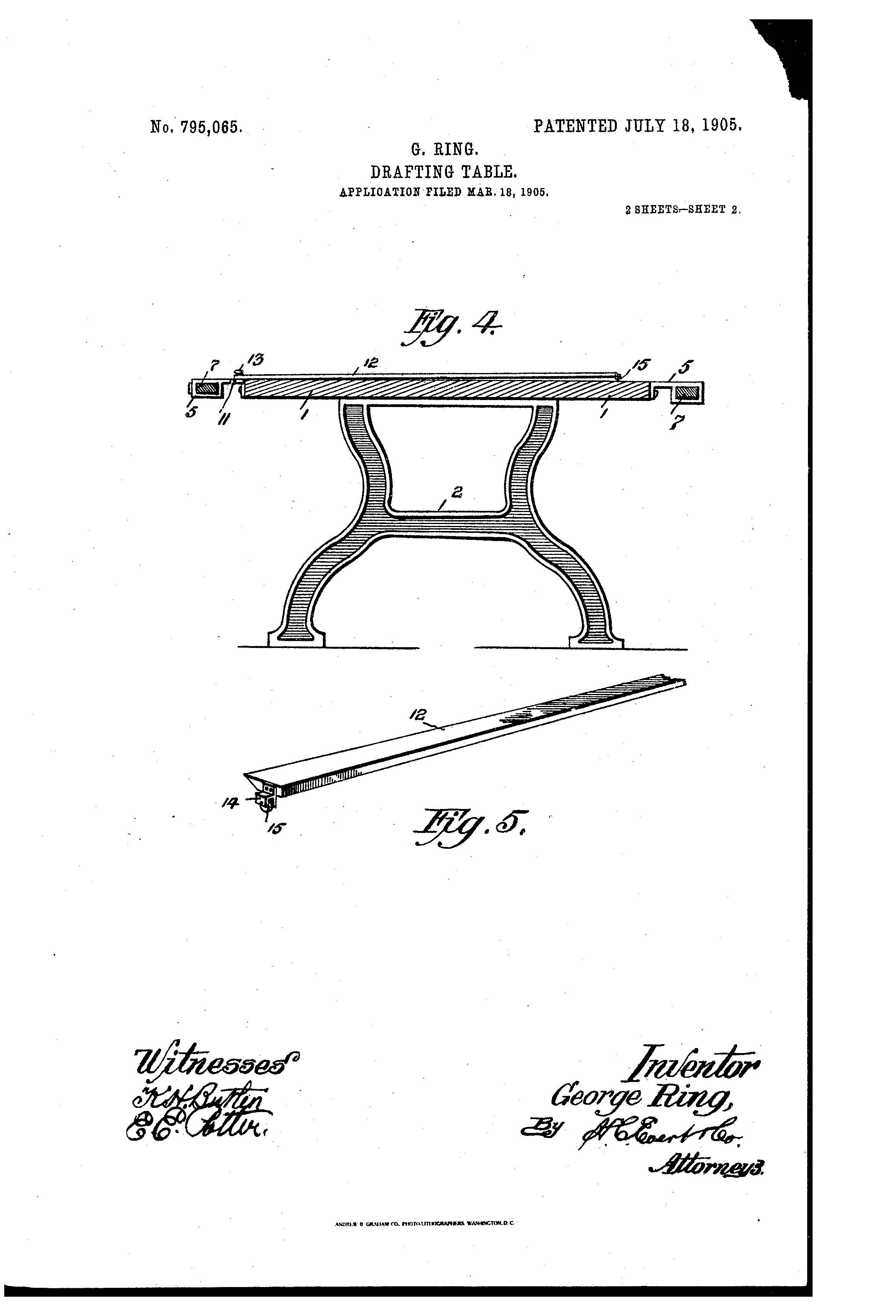
Trademark Battle over Converse's Chuck Taylors
On June 23, 2016, the International Trade Commission (ITC) barred any company from importing shoes into the United States that copy Converse’s “Chuck Taylor” diamond-patterned outsole and bottom of the shoe. While this is a win for Converse, the decision falls short of a complete victory for Converse.
In October 2014, Converse filed a complaint with the ITC requesting a general exclusion order, claiming there was rampant copying of the midsole and outsole of the iconic shoe. More than one billion pairs of Chuck Taylor shoes have been sold since their introduction in 1917. Converse released a statement saying it “brought its case to the International Trade Commission to prevent customer confusion, to protect legitimate intellectual-property rights, and to stop the sale of knockoff Chucks.”
One of the key issues the ITC considered was whether a specific feature of the “Chuck Taylor” had become so well-known that it had developed what is known as secondary meaning. In cases where secondary meaning is established, protection may be afforded to the user of an otherwise unprotected mark. In order to establish secondary meaning, the holder of the mark must show that, through advertising or other exposure, the mark in question has come to signify that the particular item is produced or sponsored by that mark holder. In other words, consumers have come to associate the mark with a certain product.
“The Commission has determined that a general exclusion from entry for consumption is necessary to prevent circumvention of an exclusion order limited to products of named persons because there is a pattern of violation of section 337 and it is difficult to identify the source of infringing products,” the ITC order reads.
While the ITC’s decision on the outsole was a win for Converse, the ITC went on to state that Converse does not hold valid trademark rights to the midsole. This is a win for defendants like Skechers and Walmart, who claimed, “Converse is using the suit to extort monetary settlements.” Brian Fogarty, senior director, global intellectual property litigation at Nike (which owns Converse), stated, “While we do not agree with all of the ITC’s findings, we feel confident our rights will be vindicated on appeal. This is but one step in a long process.”
In addition to the complaint filed with the ITC, Nike Converse Inc. filed a lawsuit in the U.S. District Court in Brooklyn against 31 companies and retailers, including Walmart, Ralph Lauren, Tory Burch, and Skechers, claiming they copied the rubber “bumper” that runs around the front of the shoe, the “toe cap” on the top of the shoe above the bumper, and lines or stripes running around the sides of the shoe.
Patent of the Day: Shampoo Cap
On this day in 1947 Dorothy Vincelle was granted the patent for Shampoo Cap. U.S. Patent No. 2,424,129.
This invention relates to a massage cap for use in connection with the washing and massaging of the hair and scalp; the main object being to provide a cap for the purpose so that the hair and head maybe thoroughly lathered and massaged without the lather being dissipated by getting on the hands or running down the face, thus enabling the desired operation being performed with maximum efficiency and with the least discomfort to the user.



